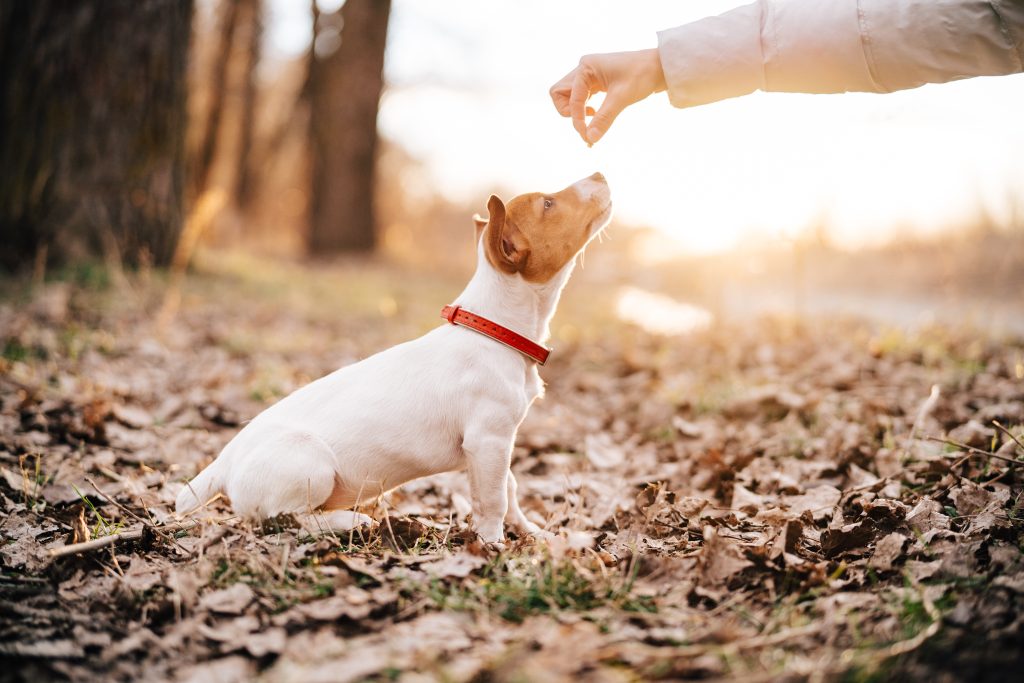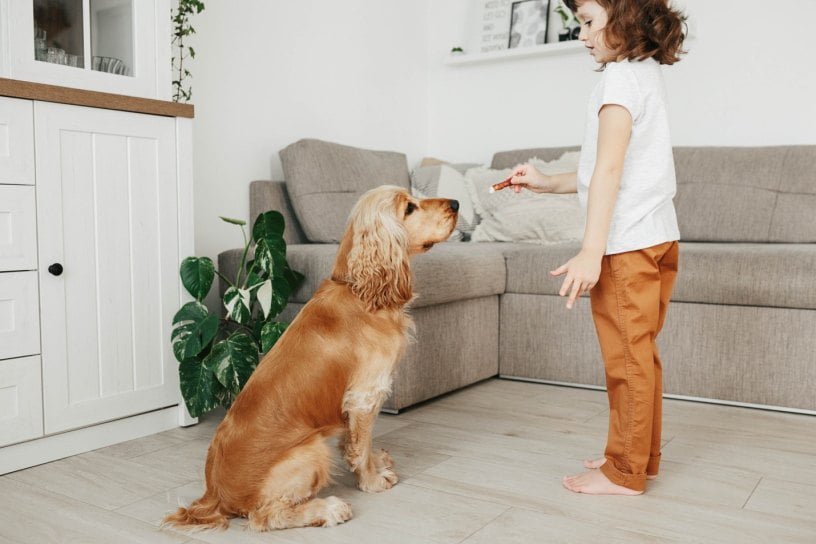Have you always loved animals? Would you like to earn some extra income while doing what you love? When dog owners are away or unable to spend time with their animals, they often need assistance. In dog sitting tips, care is given to the dog of someone while the owner is not around.
Most dog sitters take care of dogs either in the owner’s home or at their own home, according to their preference. What is dog sitting, and how can young animal lovers get accustomed to it.
Let’s find out.
Table of contents
Estimated reading time: 6 minutes
What Is a Dog Sitting?
A dog sitting service is a kind and caring alternative to boarding kennels. This service allows dogs to remain home while their owners are away on business or vacation.
A dog sitter in-house stays in their own home and takes care of dogs in the environment they know best instead of boarding them.
There is no doubt that a dog sitter’s job can be demanding at times. It is expected that you will care for a dog the same way the owner would, if not better. As a dog sitter, you will be responsible for feeding, grooming, and exercising dogs, among other responsibilities. Hence, dog sitting requires time, so don’t take on the task unless you’re ready to devote time to it.
8 Useful Dog Sitting Tips for Beginners
Here we will discuss a few useful tips for dog-sitting beginners.

1. Know Your Stuff
Dog sitting is not a profession that requires a veterinary background. A greater understanding of dogs, however, will be beneficial. You have an advantage over inexperienced dog sitters if you are an animal lover and have grown up around animals.
As an alternative, if you lack any previous experience, you can start by caring for your friends’ dogs. Taking CPR courses will help you learn the essential techniques and tips to take care of animals.
Most dog owners will give you instructions for caring for their dogs, including the medicines to use in an emergency, the food to prepare, etc.
2. Meet the Dog Before the Actual Job
Before starting the job, conduct a practice visit. This visit is an opportunity to learn more about the dog and the times it eats, drinks, and walks. Practicing your briefing with the dog’s parent helps you gain a deeper understanding so you can prepare for details that may be omitted.
Also, bonding with the dog reassures the owner that their loved ones have been taken care of, as they left them in your care. Consider turning down the position if you observe any signs of aggression or timidity.
The situation may worsen if the owner is not present. Remember German Shepherd puppies are the most aggressive to deal with. Therefore, you have to take extra care in this case.
3. Maintain a Schedule
It is common for dogs to have a schedule already set up for them. Consequently, you should not ignore the routine, as this may make the dog grumpy and negatively affect you. Follow your employer’s written and verbal instructions regarding medicating the dog.
4. Compassion is Key
In the absence of their owner, dogs become nervous and agitated. You should therefore pay extra attention to the animal. You should play with the dog’s favorite toy for some time until it has lost interest.
By doing so, the animal will be able to rest, awaiting your return at a later time. Besides feeding and cleaning your dog, make sure to stroke, cuddle, and talk to him.
Read some useful tips on handling an aggressive dog as a dog sitter.
5. Make Your Home Dog-Proof
A dog can be destructive even if it is trained. As a result, dog-proofing your home is crucial if you care for a dog from your home.
Dogs, for instance, may attempt to open your door. Install a door protector to protect the door from scratches caused by the dog. A dog treats items in your house like furniture as toys. Dogs should not be allowed to play with these items.
Be sure to check the dog’s fur for fleas before you bring the dog home with you. If the dog has fleas, inform the owner that there will be additional charges.

6. Keep a copy of the Dog File at All Times
Most dog files contain information regarding the veterinarian and vaccinations. At the time of an emergency, all this information is essential. Therefore, as a beginner, you may miss this point, so please keep an eye on it. You should always keep the dog file close at hand, as it is the most important document.
7. Have a Trustworthy Reputation
Maintain your trustworthiness if you’re caring for the owner’s dog. Be careful not to take advantage of something that wasn’t offered. Despite the owner’s desire for you to feel comfortable, do not browse the house.
Don’t forget that you are a guest in the house and should act as such. Ensure that the door behind you is closed to prevent the dog from escaping.
A dog sitter is often responsible for caring for others’ dogs while neglecting their needs. Nevertheless, caring for oneself is as important as caring for one’s pets.
8. Be Sure to Send Updates
In today’s technologically advanced world, snapping a picture with your smartphone and sending it to a client is extremely straightforward. Feel free to send them a text without disturbing them. Seeing their dog happy despite their absence will make them very happy!
Ensure that their dog receives plenty of cuddle time and is also being walked daily. It may ease your clients’ anxiety about leaving their dogs in the care of a stranger if you can provide visual proof that “all is well.
Final Thoughts on Dog Sitting Tips
Many people find dog sitting a good side-gig, but making it a full-time profession is possible. Dog sitting is a service that relies on trust. Your clients must trust you to respond appropriately to various situations.
You will likely receive glowing recommendations after proving yourself to be an excellent dog sitter. Word-of-mouth advertising is a key component of dog sitting. By treating your current clients well, you can attract new clients.
We hope you find these eight tips useful in case you are an animal lover and are thinking about starting an animal sitting job.
Read More:





